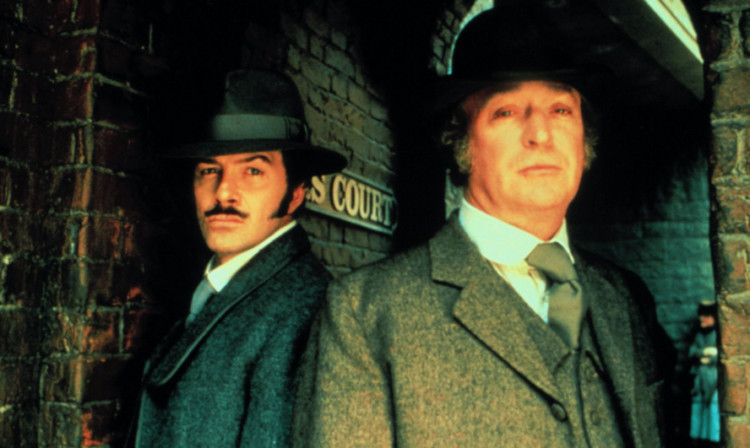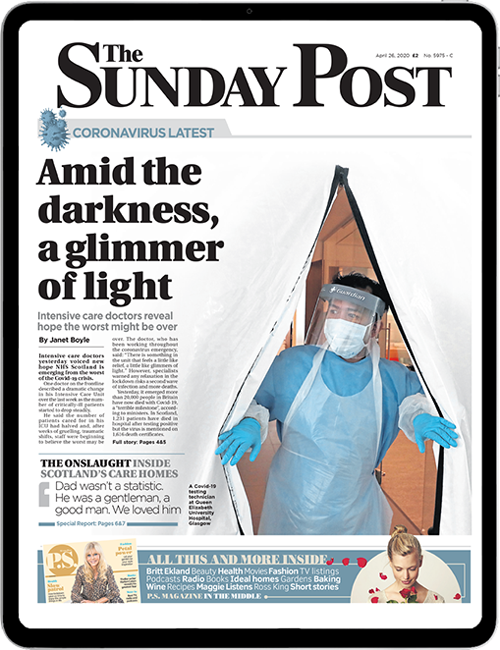
It was the start of a reign of terror in London’s East End, which began a macabre fascination that still grips us, 125 years later.
On August 31, 1888, the body of Mary Ann Nichols was discovered in Buck’s Row, Whitechapel.
Her throat had been cut and the lower part of her abdomen was torn open she was the first victim of Jack the Ripper.
That’s only a nickname, as Britain’s most notorious serial killer has never been conclusively identified.
Indeed, more than 100 people have been fingered as the Ripper, from royalty to a Sioux warrior called Black Elk who met Queen Victoria while on tour with Buffalo Bill’s Wild West Show.
One of the leading contenders was a Pole who took the name George Chapman on his arrival in Britain to work as a barber in Whitechapel shortly before the murders.
As “The Borough Poisoner”, he killed three of his wives and was hanged in 1903.
However, he was the prime suspect of the detective who led the hunt for the Ripper, Detective Inspector Fred Abberline.
If you believe the masonic/royal conspiracy theories, the crimes were perpetrated to cover up heir to the throne Prince Albert’s secret marriage to a working girl.
Therefore, the killings were committed by one of Queen Victoria’s personal physicians or even Bertie himself after being driven mad by syphilis (which he never actually had).
Other suggestions have included Alice in Wonderland author Lewis Carroll, while Sherlock Holmes creator Sir Arthur Conan Doyle advanced the theory that we should actually be seeking a Jill the Ripper.
My own favourite theory is that he was an insane Russian doctor sent by the Tsar’s secret police to discredit Scotland Yard by none other than “mad monk”, Rasputin.
At the time, suspicion, fuelled by speculation in the “penny dreadfuls”, fell on Jewish immigrants, Irish labourers and even butchers in one possible sighting, the killer wore a leather apron.
The latter fed into the far-fetched belief that the freemasons had been involved, it was suggested, at the behest of Buckingham Palace.
To date, hundreds of books have been written on the subject and the term “ripperology” has been coined to describe the study and analysis of the cases.
The name Jack the Ripper came from a letter, now thought to have been a hoax written by a journalist.
However, he referred to himself as “Saucy Jack” in another letter received, one that just might be the real deal.
What we do know is that the attacks attributed to Jack were typically on prostitutes working the slums, whose throats were cut prior to the abdominal mutilations and organ removal that led to speculation he possessed surgical knowledge.
But we don’t even know how many victims he actually killed, as there were 62 brothels in Whitechapel at the time and dozens of attacks on women.
The Met investigated 11 brutal murders between 1888 and 1891 and just five known as “the canonical five” are believed to be Jack’s work.
As well as Mary Ann Nichols, they were Annie Chapman, Elizabeth Stride, Catherine Eddowes and Mary Jane Kelly.
The last, the most horrific killing, was on November 9, 1888, and it’s assumed Jack stopped because he was dead, imprisoned, institutionalised or had emigrated.
We’ll probably never know for sure who Jack was, but one thing seems certain, we’re never going to lose interest in him.

Enjoy the convenience of having The Sunday Post delivered as a digital ePaper straight to your smartphone, tablet or computer.
Subscribe for only £5.49 a month and enjoy all the benefits of the printed paper as a digital replica.
Subscribe